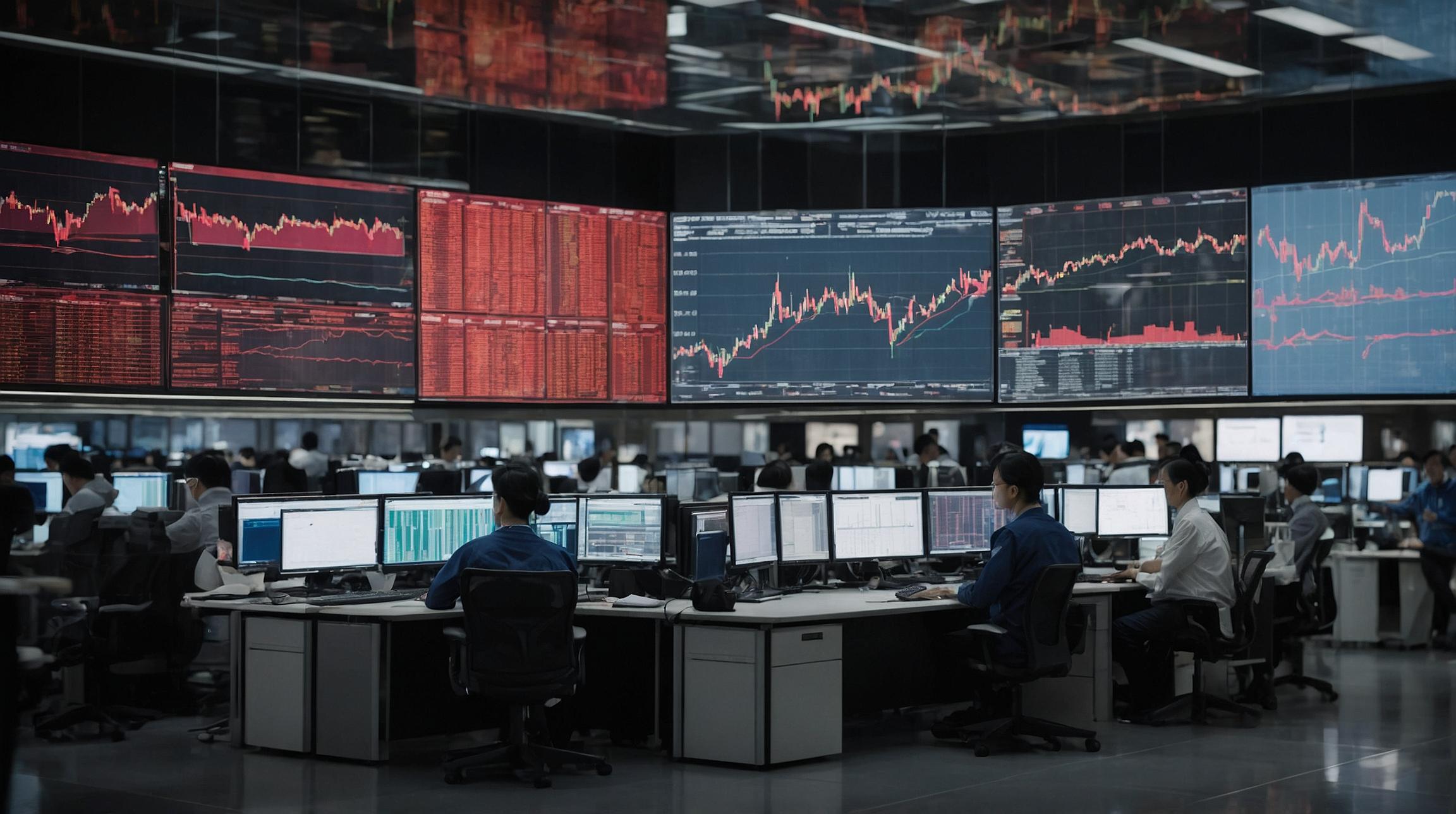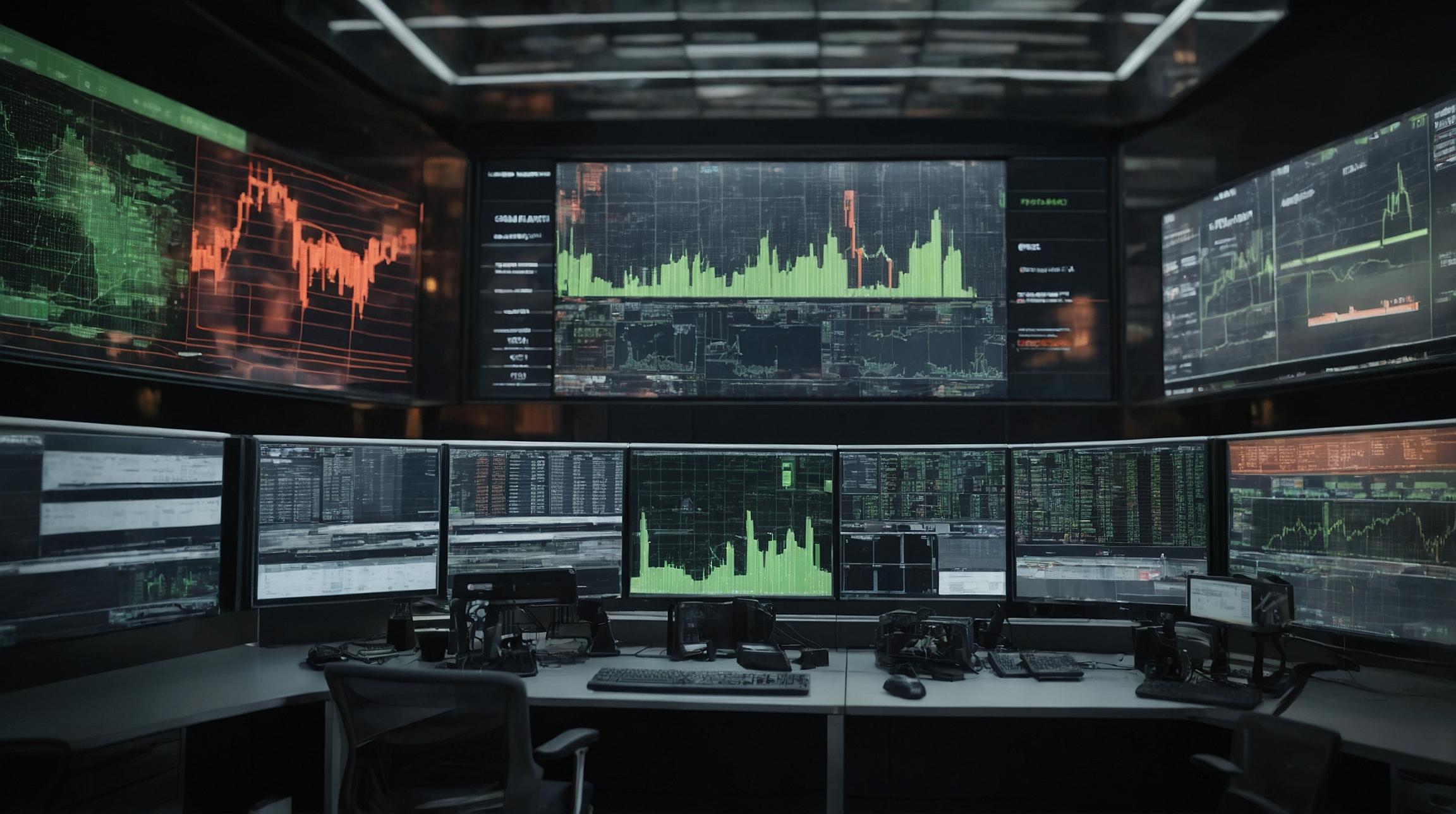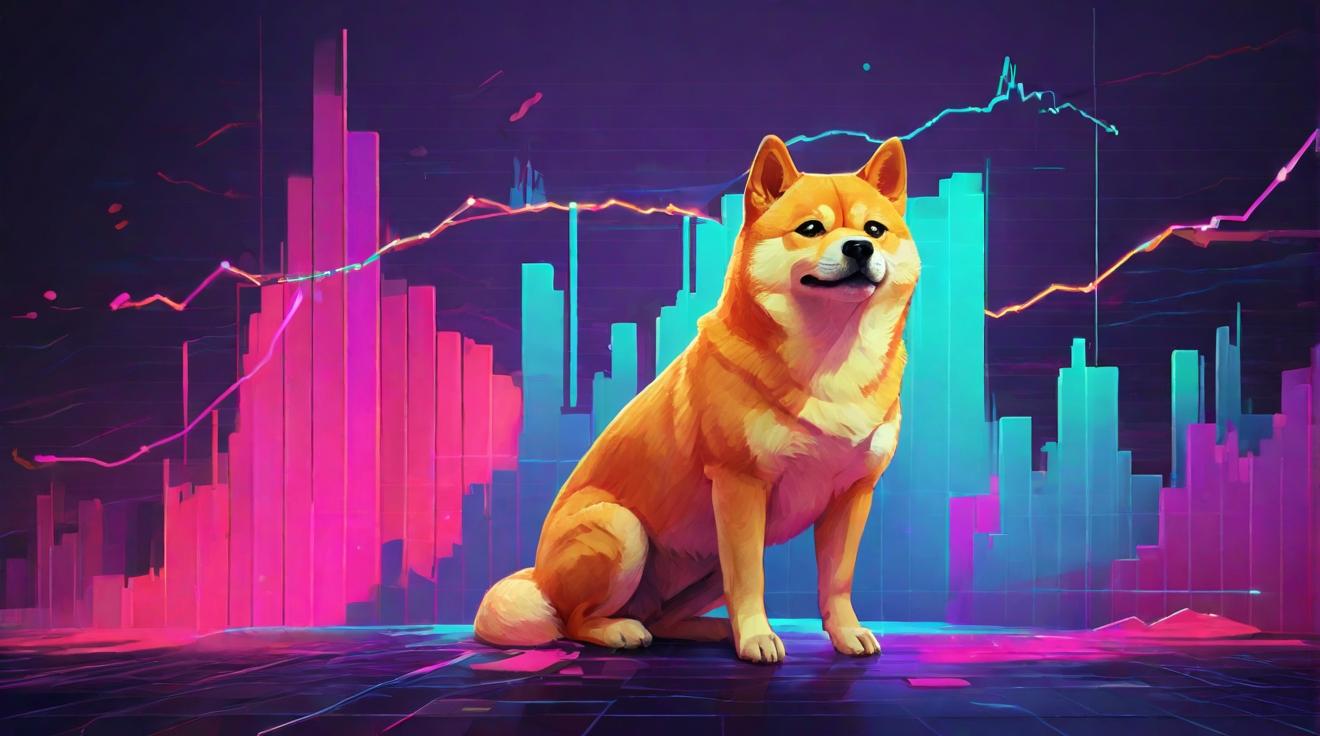Investors Debate: Which Year of the 1990s Best Matches Up with 2024?
GenZ fashion influencers aren’t the only ones trying to channel the 1990s these days. Investors likewise see plenty of current-day relevance in that decade of upheaval, renewal, technological acceleration, and eventual excess. The main stock-market argument now raging among the orneriest bears and giddiest bulls hinges on what year of the ’90s best matches up with 2024. The market skeptics are busy flagging what they see as parallels between today and 1999, the year the ’90s bull market went parabolic and sentiment came unhinged, building the behavioral and valuation excesses that culminated in the early-2000 peak and subsequent multi-year collapse. The believers in the staying power of the current bull market place us in 1995.
Nvidia vs. Cisco ’99: The Inescapable Dominance of Nasdaq Giants
The inescapable dominance of a half-dozen Nasdaq giants in driving the S & P 500 above 5000 for the first time by Friday is the central focus of the “1999 redux” crowd. Charts overlaying today’s steep and unflagging surge in Nvidia on that of Cisco Systems from the late-’90s have been circulating for months. Last week, JP Morgan strategist Marko Kolanovic argued in some ways the extreme concentration of the S & P 500 – the top six stocks approaching 30% of total market value – was more severe than near the 1999-2000 peak, given these stocks’ somewhat lower earnings contribution to overall index profits today.
Valuation, Then and Now: Comparing 1999 to the Current Market
So, do they have a good case? In the vaguest outlines there are similarities with the full-employment AI boom and mega-cap dominance. But in stock performance, scale of valuation extremes and overall behavioral character, it doesn’t seem close. It’s a bit wild that such talk is bubbling up when the Nasdaq Composite has yet to climb back to its peak level from November 2021 – more than 26 months ago. Valuation today is perhaps challenging, the Nasdaq 100 at 26-times forward 12-month earnings. But it’s not in the same atmospheric layer as in 1999. Neither is Microsoft, a useful indicator give that it was the largest stock by market cap both in December 1999 and today.
The Fed, Then and Now: Analyzing the Central Bank’s Role in the Market
The 1994 Fed tightening campaign prompted a bond-market crash, a few “financial accidents” such as the bankruptcy of Orange County, Calif., and a treacherous, corrective stock market that punished small-cap and financial stocks. But the real economy stayed firm and the unemployment rate declined to cycle lows all the while – somewhat like the past two years. In early 1995, then-Fed Chair Alan Greenspan rhetorically pivoted to suggest the next move could be a rate cut, and stocks took flight on a near-45-degree angle all year, even as the Fed ended up delivering just three small cuts from the peak 6% rate (and did so even with the S & P 500 at a record high).
Current Setup: Assessing the Market’s Current State
As for the market’s current setup, the battle-tested bull market continues to act like one, the S & P 500 able to feed off a firmer-than-expected U.S. economy, an upturn in corporate earnings, still-tame Treasury yields within their three-month range and, yes, the headlong momentum of Nvidia and associated mega-cap playthings. The kind of rare persistence and magnitude of this rally — up 14 of 15 weeks, ahead by 22% over that period and at a new all-time high — usually is more a sign of longer-term vitality than vulnerability. Similar action in the past has generally continued higher over a multi-month time frame, though odds of a near-term rest or reset have risen.
Conclusion: Comparing 1999 and 1995, What Does it Mean for the Market?
The pictures of 1999 and today, then, don’t really match up too closely. But, crucially, this doesn’t mean the market is free of risks or excesses and has nothing but blue skies to the horizon. Observing that conditions aren’t now much like the largest bubble in anyone’s lifetime — one that led to a 75% Nasdaq crash and to the S & P 500 being dead money for 13 years — is not saying all that much. The hints that we could be seeing some version of 1995 play out are somewhat encouraging, though — and go some distance toward explaining the way the market has responded to the macro developments of recent months.
Analyst comment
1. Negative news: The debate among investors about which year of the 1990s best matches up with 2024 suggests uncertainty and conflicting views about the market’s future direction. The mention of parallels with 1999, a year that led to excesses and a subsequent collapse, creates a cautious sentiment in the market.
2. Neutral news: The dominance of a few Nasdaq giants in driving the S&P 500 above 5000 is the focus of discussion among investors. The comparison between Nvidia’s surge and Cisco Systems’ performance in the late-’90s is being analyzed. The impact of the concentration of these top stocks on the overall market value is being evaluated, but no clear positive or negative outcome is indicated.
3. Positive news: The comparison between the current market and 1999 indicates that although there are some similarities, such as the AI boom and mega-cap dominance, the scale of valuation extremes and overall market behavior is different. The fact that the Nasdaq Composite has not yet reached its previous peak level suggests that valuations today are not as extreme as in 1999.
4. Neutral news: The analysis of the Federal Reserve’s role in the market compares the 1994 tightening campaign to the current market situation. The focus is on how the real economy stayed firm and the unemployment rate declined, similar to the past two years. The mention of a rhetorical pivot by then-Fed Chair Alan Greenspan suggests that the Fed’s actions could impact the market.
5. Positive news: The current setup of the market is described as the battle-tested bull market feeding off a firm U.S. economy, improved corporate earnings, and the momentum of stocks like Nvidia. The market’s persistence and magnitude of the rally are seen as signs of longer-term vitality.
6. Neutral news: The conclusion acknowledges that the current market conditions don’t closely match those of 1999 but cautions that it doesn’t mean the market is free of risks or excesses. The mention of













